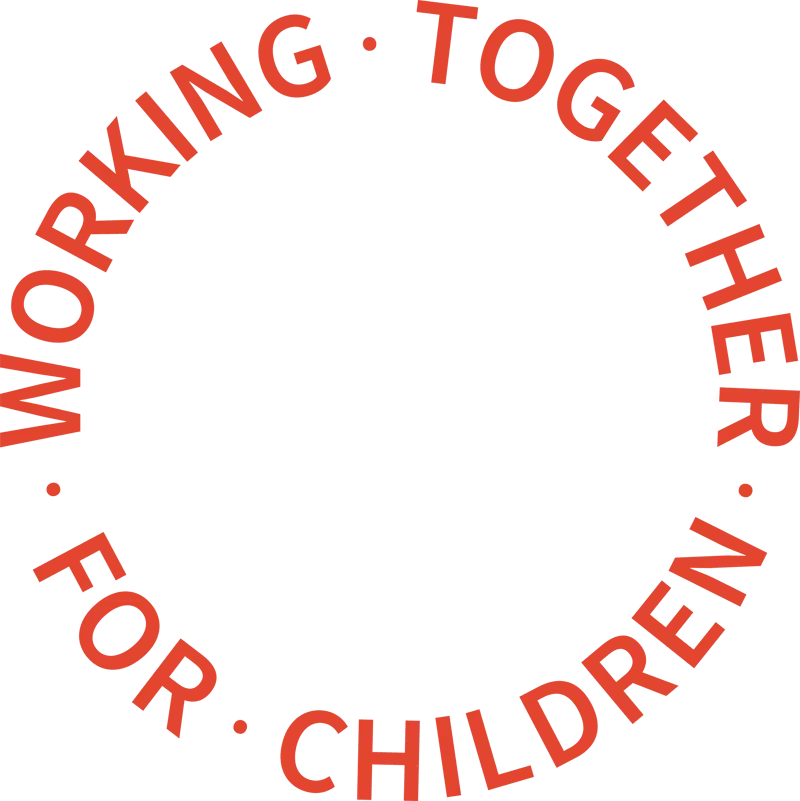Perpetrators of child sexual abuse are using tactics in institutions which enables them to abuse children even today, the Independent Inquiry into Child Sexual Abuse has found.

The research explores the offending strategies of alleged perpetrators across a wide range of contemporary institutional contexts, such as schools, sport and foster care, as well as the nature of abuse and responses of professionals.
Principal researcher Julienne Zammit said: “This ground breaking research provides new insight into the behaviour of perpetrators across contemporary institutional contexts, finding the use of similar tactics to groom and sexually abuse children. Alleged perpetrators denied or minimised the sexual abuse, in some cases even blaming the victim.”
Based on analysis of Disclosure and Barring Service (DBS) case files between 2017 - 2020, the research found:
- Alleged perpetrators across different types of institutional contexts used similar tactics and methods to sexually groom and sexually abuse children.
- Most child sexual abuse took place in physical locations away from the institution, or in private and unsupervised spaces where children were isolated by alleged perpetrators.
- Sexual grooming and child sexual abuse frequently took place using technology or online and via social media.
- Institutional cultures allowed informal contact and over-familiarity between alleged perpetrators and children, and this enabled individuals to sexually abuse children without raising suspicions.
- Alleged perpetrators and institutions framed sexually abusive relationships as consensual and romantic relationships.
- There were numerous missed opportunities to safeguard children because concerns were not escalated, disclosures were not always believed and institutions and staff did not share, record and respond appropriately to low-level concerns.
- Institutions and staff did not consistently apply safeguarding policies and had narrow understandings of safeguarding responsibilities.
Grooming
The report found that the grooming strategies employed by perpetrators were often methodical and gradual, and involved befriending children and their families. Alleged perpetrators were often charismatic, competent individuals who were well liked and respected by colleagues. Their positive perceptions may have resulted in their offending behaviours being minimised or excused by those around them. The inquiry found that alleged perpetrators:
- Denied the child sexual abuse occurred at all
- Admitted the contact had occurred but denied it was sexual abuse, blaming the victim or describing the sexual abuse as a consensual ‘relationship’
- Admitted the sexual abuse but minimised their responsibility, for example by claiming they had made ‘mistakes’ or ‘poor judgements’
- Disputed they held ‘positions of trust’, indicating that, therefore, safeguarding policies did not apply to them and had not been breached.
Most child sexual abuse took place in physical locations away from institutional premises, such as cars, hotels or the child or adult’s home. Where child sexual abuse took place within institutional premises, alleged perpetrators sought out private spaces in which to isolate children and remain undetected, such as bathrooms or disused classrooms. They also targeted children on social media platforms which afforded them constant access to children in unsupervised and unmonitored online spaces.
Social media
In fact, technology and social media were frequently used to groom children and perpetrate child sexual abuse. The process of sexual grooming online mirrored the same gradual and systematic sexual grooming tactics that alleged perpetrators applied offline and in person.
Instant messaging exchanges allowed perpetrators to develop a rapport with children and gain their trust, where the conversation gravitated to the use of sexualised language, imagery or the use of live-streaming or video calls to perform sexual acts. Contact with children online or through text messaging offered opportunities to be in frequent – and in some cases almost constant – contact with children.
Over-familiarity
Institutional cultures of over-familiarity and informal relationships between adults and children contributed to child sexual abuse. Informal interactions between adults and children were normalised and were therefore not considered ‘unusual’ or potentially harmful by institutions and professionals.
A range of behaviours associated with informal institutional cultures were observed during the inquiry such as sharing cars, socialising outside of the institution, going to the pub or fast-food restaurants, and contacting and befriending children via social media or instant messaging. These behaviours and activities often formed part of the culture of institutions, particularly in sports or leisure clubs, societies, and voluntary and community sectors, as well as in schools and residential care homes.
In almost all of the cases analysed in this research, alleged perpetrators had developed an informal social relationship with the child. These informal relationships provided opportunities to sexually groom and abuse children without raising suspicions.
Consensual relationships
Alleged perpetrators and institutions framed sexually abusive relationships as consensual and romantic relationships. This had the effect of normalising and legitimising risk behaviours, and led to institutions not properly assessing risk of harm and handling concerns or allegations where abusive relationships were known to have formed between adults and children under their care.
In some instances, children had been groomed to believe they were in consensual relationships with the alleged perpetrators, which therefore hindered their ability to recognise and disclose incidents of child sexual abuse. In some cases, child sexual abuse was concealed due to the wider informal social relationships that commonly occurred.
Disclosure
There were inappropriate responses to low level disclosures by institutions. There were poorly established disclosure pathways which may have made it difficult for children, peers or concerned adults to raise concerns. There were examples where information sharing had not occurred across and between institutions.
In some cases, the perpetrator went on to offend in other institutional contexts. Low-level concerns were often not fully investigated and institutional actions were not always proportionate or timely in addressing the severity of the concerns. Across cases, there were inconsistencies in what constituted harm, how risks of harm were assessed, and where concerns met the threshold of an allegation that should have been formally addressed.
Safeguarding
Safeguarding training varied significantly between institutions in terms of frequency and quality and was not always proportionate to roles that involved contact with children. Several cases referred to institutional social media policies which restricted or prohibited the use of social media to communicate with students, but application and enforcement of and compliance with these policies was often poor.
There were contradictions between safeguarding policies, which made certain conduct or behaviour unacceptable, and institutional norms and practices which tolerated the behaviour. There were cases where staff did not escalate and disclose concerns which exemplified that safeguarding policies were not upheld at all levels by all members of staff, safeguarding ‘responsibilities’ were not always seen as everybody’s business, and institutions may have found it challenging to navigate complex safeguarding processes.
Principal researcher Julienne Zammit said: “Sexually abusive relationships were often framed as consensual and social media was frequently exploited to groom and perpetrate child sexual abuse, providing access to children in unsupervised and unmonitored online spaces.
“Where reports were made, opportunities to safeguard children were missed or actively blocked because concerns were not escalated and disclosures were not always believed. In some cases, it was clear that institutions chose to put their reputation above protecting children who reported child sexual abuse,” she concluded.

